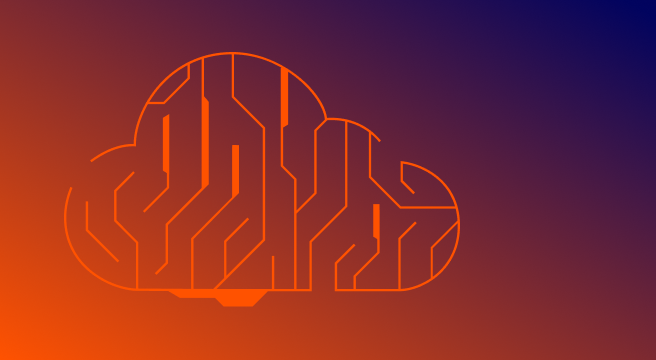DSPM 如何保護您的雲端資料
Published | August 8, 2025 |
6 essential ways DSPM secures sensitive cloud data
Data security posture management (DSPM) works continuously to keep sensitive cloud data secure. It starts with discovering all data, even shadow assets, then classifies it by sensitivity, analyzes who can access it, and assesses misconfigurations that increase risk. DSPM then models exposure paths that attackers could exploit and provides guided remediation to close the gaps.
The DSPM process explained
In cloud environments, sensitive data spreads across AWS, Azure, GCP and SaaS apps, often landing in unmanaged buckets, forgotten test environments or unauthorized services.
Without clear visibility, misconfigurations and over-permissioned access are easy targets for attackers.
DSPM solves this problem by adding a critical data-focused layer to your cloud security strategy.
Unlike traditional tools that only secure infrastructure or data in motion, DSPM continuously monitors data at rest and maps how it interacts with identities, configurations and cloud services.
How does DSPM work? It follows six key steps.
The 6 essential steps DSPM uses to secure cloud data
There are six essential ways data security posture management (DSPM) helps to protect sensitive cloud data and reduce cloud security risks:
1. Discover all cloud data, even hidden shadow assets
The first step is automated discovery. DSPM scans your entire multi-cloud ecosystem, structured, unstructured and semi-structured data across databases, containers, SaaS services and even shadow infrastructure.
This step uncovers shadow data lurking in forgotten buckets, abandoned test environments or unauthorized SaaS apps, places attackers love to exploit because they’re often unmonitored.
2. Classify sensitive data by regulation and business value
After discovery, DSPM automatically classifies sensitive data based on regulatory requirements and your internal policies.
It can tag:
- Customer records and payment data
- Intellectual property and proprietary datasets
- Health information and other regulated data
This classification helps you understand the actual impact of data exposure, so you know which risks to prioritize.
3. Analyze who and what can access your data
DSPM evaluates human users, machine identities, service accounts and third-party integrations to map who and what has access to your data.
It highlights:
- Over-permissioned roles
- Toxic privilege combinations
- Unused or stale entitlements
This analysis aligns with cloud infrastructure entitlement management (CIEM), giving you a complete view of identity risk.
4. Assess data posture and configuration risks
Next, DSPM checks for configuration issues that directly lead to sensitive data exposure or create data vulnerabilities.
It looks for:
- Storage buckets or databases anyone can access
- Turned-off logging and weak encryption
- Network ports left open or data lakes without security
By connecting these problems directly to your actual data, DSPM helps you focus on what matters instead of dealing with endless alerts.
5. Model exposure paths attackers could exploit
DSPM goes beyond traditional discovery to build exposure graphs — visual maps that show how identities, misconfigurations and sensitive data connect to form exploitable attack paths.
It might reveal how a misconfigured datastore combines with:
- Stale admin credentials
- Public network access
- Over-permissioned identities
This context-driven risk modeling helps you prioritize vulnerabilities to move beyond static vulnerability scores to understand real-world risk.
6. Remediate exposures with guided or automated fixes
Finally, DSPM helps you quickly close cyber exposures. It provides guided remediation steps, like:
- Revoking excessive permissions
- Encrypting sensitive data
- Restricting public access
It also integrates with CSPM, CIEM, CNAPP and SIEM/SOAR tools to automate response workflows, so your team can fix issues faster with less manual effort.
The DSPM continuous cycle
Unlike traditional security tools that give you point-in-time snapshots, DSPM is continuous. As new data stores appear, identities change or configurations drift, DSPM automatically updates its discovery, classification and risk modeling.
It means you’re always aware of:
- Where your sensitive data lives
- Who can access it
- How threat actors could exploit it
Why DSPM is critical for modern cloud security
Modern cloud environments are multi-cloud, multi-identity and high velocity. It then harder to secure with legacy tools alone. DSPM adds the missing data layer for full visibility and context about real attack paths, not theoretical risks.
When combined with CSPM and CIEM, DSPM helps you build a unified exposure management program that reduces risk across your entire cloud footprint.
Ready to see how DSPM can shrink your cloud attack surface? Learn how advanced DSPM capabilities can strengthen your cloud security posture.
DSPM resources
DSPM products
您可加以利用的网络安全新闻
- Tenable Cloud Security
- Tenable One

